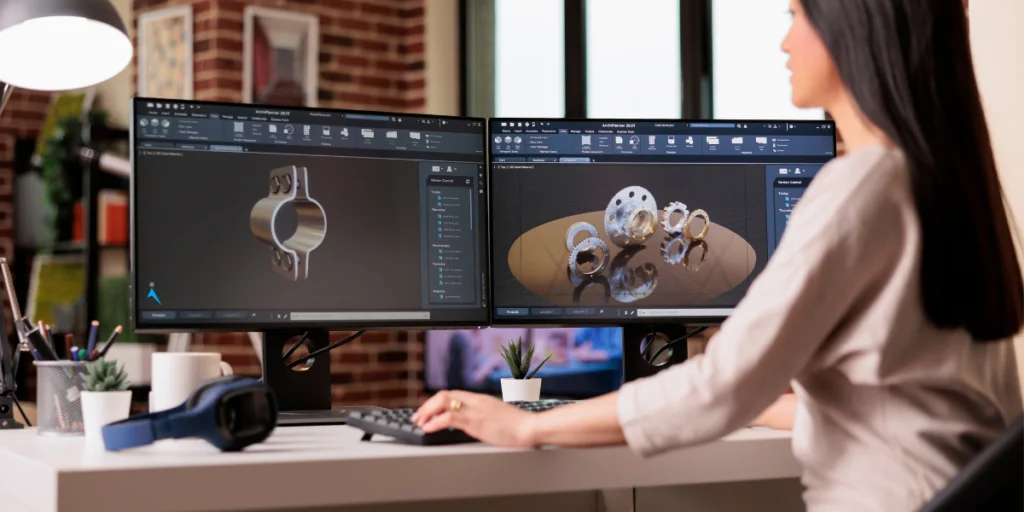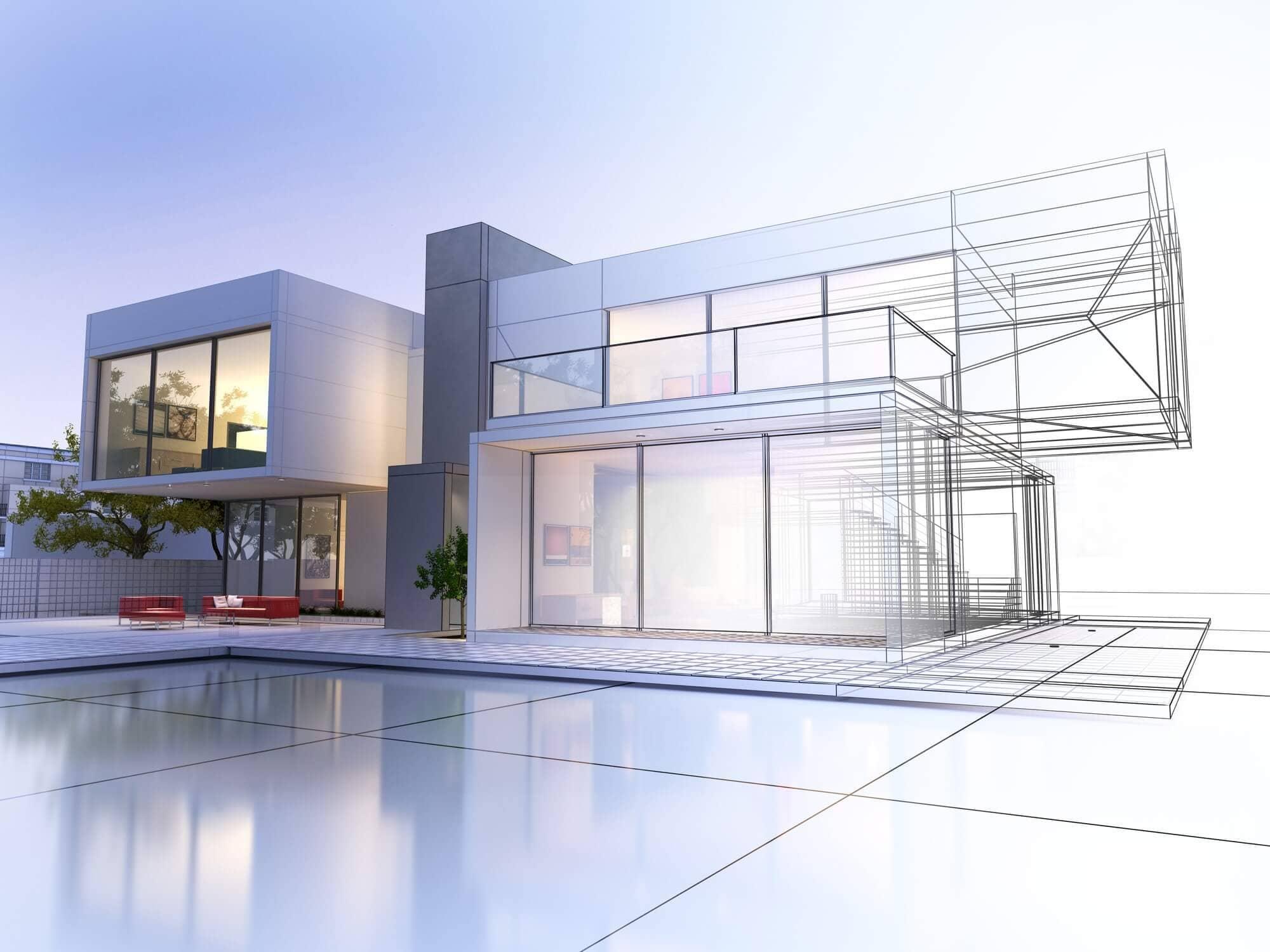Recent Posts

Beyond the Blueprint: Cultivating Effective Feedback in Shapr3D Design
Optimizing Feedback Loops in Collaborative 3D Design Workflows
Effective feedback is crucial for successful Shapr3D design, driving iterative improvements and project alignment. Robust feedback mechanisms reduce rework, enhance quality, and accelerate timelines. CoCreate Cloud understands this necessity. This article explores key approaches, evaluates their efficacy, and recommends strategic applications.
Key Feedback Approaches in 3D Design
-
Annotated Screenshots/Markups: Visual feedback on static renders, highlighting revision areas. Simple, understood, but lacks dynamic context and often uses external communication.
-
Live Collaborative Review Sessions: Real-time discussions within the Shapr3D environment, enabling interaction with the model and immediate observations. Offers rich, instant feedback and rapid problem-solving.
-
Version-Controlled Commenting Systems: Platforms linking comments to specific model versions or components, creating a traceable history. Ensures clarity, accountability, and supports asynchronous workflows.
Criteria for Evaluating Feedback Methods
-
Clarity and Specificity: How well the method conveys precise, actionable feedback without ambiguity, minimizing misinterpretations and rework.
-
Efficiency and Speed: The time required to provide, receive, and implement feedback, considering setup, communication, and revision cycles.
-
Contextual Richness: The ability to present feedback within the actual 3D environment, allowing for a comprehensive understanding of design intent and impact.
-
Traceability and Accountability: How easily feedback history, decisions, and responsible parties can be tracked and managed over the project lifecycle.
Comparative Analysis of Feedback Approaches
When assessing Annotated Screenshots/Markups, their clarity is good for distinct visual issues. However, they fall short conveying complex interactions or dynamic aspects, leading to misinterpretations. Efficiency is high for quick generation, but interpreting static images for iterative 3D models can be time-consuming.
Regarding Contextual Richness, annotated markups rely on 2D representations, lacking true 3D context. This often leads to misunderstandings about scale, spatial relationships, or material properties. For Traceability and Accountability, these methods often depend on external tools, making a consolidated feedback history challenging to maintain.
Live Collaborative Review Sessions excel in Clarity and Specificity. Direct, synchronous discussion in the 3D environment eliminates ambiguity, as immediate questions are addressed. Efficiency is remarkably high for urgent issues and rapid problem-solving, though scheduling and synchronous participation can be a logistical hurdle for dispersed teams.
The Contextual Richness of live review sessions is unparalleled. Full 3D immersion provides the richest understanding, allowing stakeholders to manipulate the model in real-time. However, Traceability and Accountability can be a weakness without dedicated recording. Critical decisions might be lost if not diligently documented afterward, requiring extra effort.
For Version-Controlled Commenting Systems, clarity is exceptionally high. Comments link precisely to specific model components or versions, offering strong contextual relevance. Efficiency is strong for asynchronous workflows, enabling feedback at convenience, though less suitable for immediate, rapid-fire discussions. 
In terms of Contextual Richness, these systems embed comments within the design platform, often with visual cues. While less dynamic than live review, they are superior to static images. Crucially, for Traceability and Accountability, version-controlled systems provide an excellent audit trail of feedback, revisions, and discussions, ensuring clarity and responsibility.
Recommendations for Strategic Feedback Integration
For initial concept reviews or minor visual adjustments on static renders, Annotated Screenshots/Markups are straightforward. Ideal for quick, informal feedback on specific elements without deep Shapr3D interaction. Well-suited for early-stage conceptual validation or high-level visual input from non-technical stakeholders.
For complex design iterations demanding immediate, interactive problem-solving, Live Collaborative Review Sessions are indispensable. Excellent for cross-functional teams aligning on critical decisions or exploring options in real-time. CoCreate Cloud facilitates these synchronous engagements, valuable for distributed teams seeking instant alignment and dynamic feedback.
For projects requiring rigorous documentation, precise change tracking, and effective asynchronous collaboration across time zones, Version-Controlled Commenting Systems are highly recommended. These systems tie every feedback piece to a specific design state, fostering accountability and an immutable project history. CoCreate Cloud offers integrated solutions for such formal review cycles.
Ultimately, a hybrid approach is most effective, leveraging each method's strengths. Use live sessions for critical junctures and real-time problem-solving. Follow with version-controlled commenting for detailed asynchronous feedback and formal approvals. Annotated markups can supplement for quick visual pointers, creating a robust, adaptive feedback ecosystem.
Comments (0)